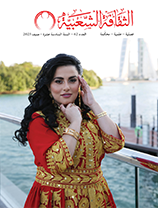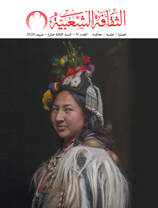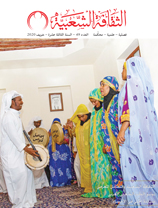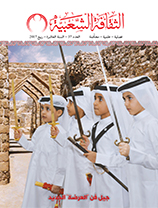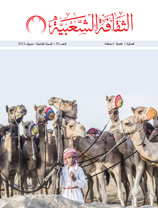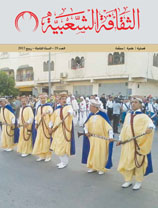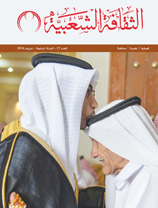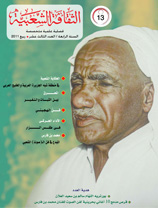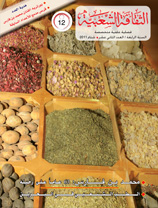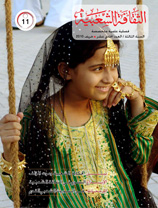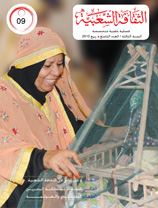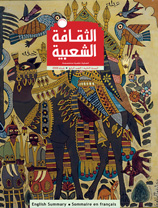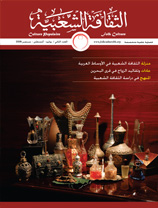Rababah singers in Upper Mesopotamia
Issue 33
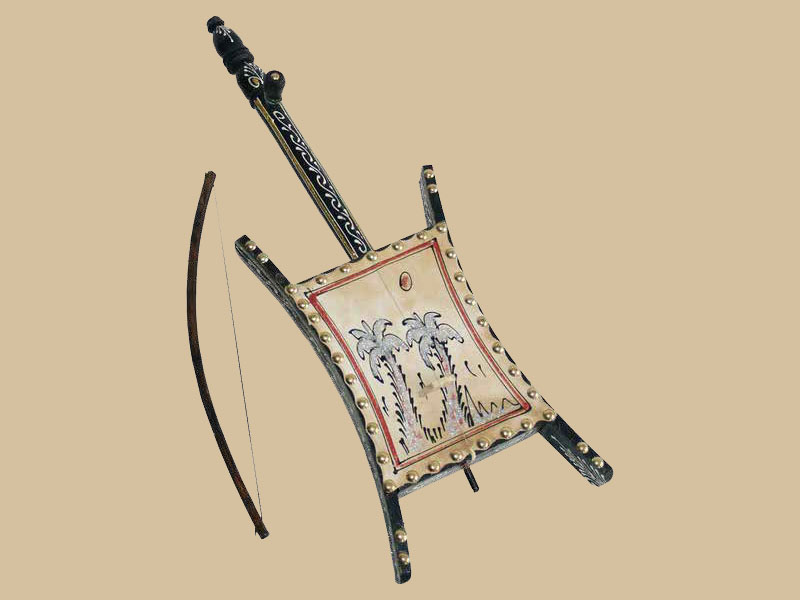
By Abd Muhammad Barku
This paper presents the first classification of past and present rababah singers in Upper Mesopotamia. After an arduous yearlong field study, I was able to classify singers of rababah in Upper Mesopotamia, located within Iraq, Syria and Turkey.

Based on my previous experience collecting the region’s folk songs, which took me nearly five years and involved listening to hundreds of cassettes, I used the following criteria:
- Quality of performance (voice and rababah playing and the skilful and beautiful harmony of both)
- The fame and popular opinions of the singers and poets
- The opinions of stores selling videos and CD recordings
- Methods of performance, diversity and quality of sung poems
- The themes and purposes of the songs
I classified the rababah singers of Upper Mesopotamia into three categories:
- Wandering singers: Wandering singers roam the villages, singing and playing simple songs on their rababahs to earn money. They pay no attention to the principles and rules of folk music.
This category includes a group of female singers called ‘hajiyat’, (including Wahida Khalil, Nuriya Ibrahim and Suriyyah Husein), who sing folk songs, especially Swahili and Abudhiyah, accompanied by a rababah player.
- Al Brasim singers: In addition to singing and playing the rababah, these wandering musicians and singers recite folktales and anecdotes at events, especially weddings.
I met some of them, including Sharif Mustafa Al Brasim, Mustafa Al Hamad Al Brasim, Ayish Sharif Mustafa and Mustafa Ibrahim, in Hasaka and Qamishli, and we held several seminars on folk music.
- Proficient singers: These real folk artists with talent and technical experience have mastered the art of singing and playing the rababah simultaneously, and they play the rababah skilfully. They have enriched the oral tradition, preserving the folk music of Mesopotamia. I classified these folk singers by century:
- 18th century rababah singers: A number of renowned 18th century poets and singers travelled through the deserts of Upper Mesopotamia. Abdullah Al Fadil composed and sang his verses on the rababah.
- 19th century rababah singers: This century produced many poets and singers, including Aqar Al Baghdadi and Hamad Al Shu’aib. Although Fatim Al Bishr was famous, she was content to sing and compose without the accompaniment of a rababah.
- 20th century rababah singers: In the last century, the Mesopotamian folk song arts improved greatly in terms of composition, rhythm and playing. The content is plentiful and varied, as were the poets and singers.





